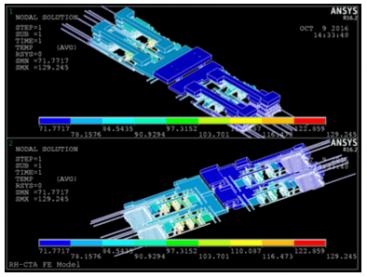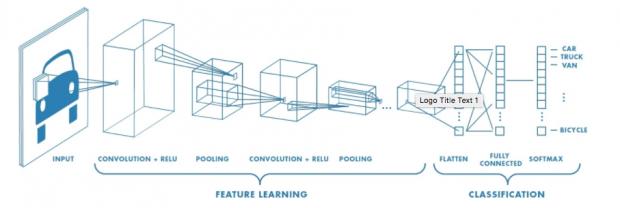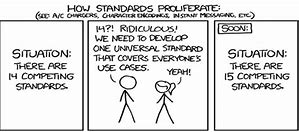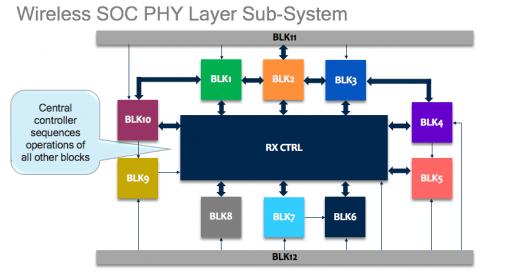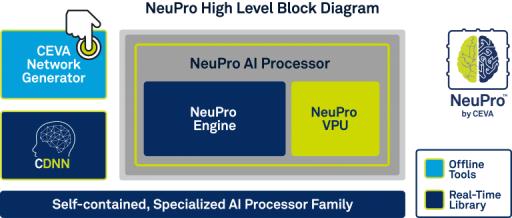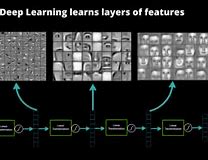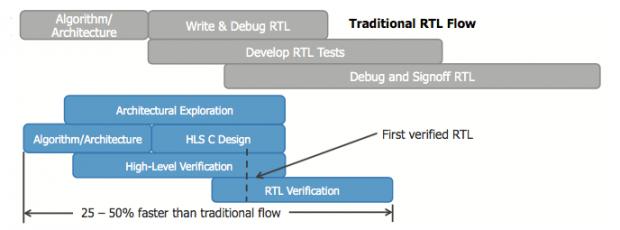Simulation dominates hardware functional verification today and likely will continue to dominate for the foreseeable future. Meanwhile formal verification, once thought to be a possible challenger for the title, has instead converged on a more effective role as a complement to simulation. Formal excels at finding problems… Read More
Tag: bernard murphy
Thermal Modeling for ADAS goes MultiPhysics
In electronic system design, we have grown comfortable with the idea that different regimes of analysis, such as the chip, the package and the system, or electrical, thermal and stress are more or less independent – what starts in one regime stays in that regime, give or take some margin information passed onto other regimes. And… Read More
Better than CNN
No, not the news network though I confess I am curious to see how many initial hits that title attracts. Then I clarify that I’m talking about convolutional neural nets, and my would-be social media fame evaporates. Oh well – for those few of you still with me, CNNs in all their many forms are the technology behind image, voice and other… Read More
Webinar: ISO 26262 and DO-254: Achieving Compliance to Both
It’s near-impossible to read anything today about electronic design for cars without running into the ISO 26262 standard. If you design airborne electronic hardware, you’re likely very familiar with the DO-254 standard. But what do you do if you want to design a product to serve both markets? It looks like aircraft makers are increasingly… Read More
System Level Formal
Two recently announced vulnerabilities in major processor platforms should remind us that bugs don’t organize themselves to appear only in domains we know how to test comprehensively. Both Meltdown and Spectre (the announced problems) are potential hardware system-level issues allowed by interactions between speculative… Read More
CEVA ClearVox Simplifies Voice Pickup
Voice-based control is arguably becoming another killer app, or killer app-enabler in the very significant shifts we are seeing in automation. After a bumpy start in car feature control (for navigation, phone calls, etc) and early smartphone “intelligent” assistants, voice-based interfaces now seem to be maturing into a genuinely… Read More
CEVA Ups the Ante for Edge-Based AI
AI is quickly becoming the new killer app and everyone is piling on board as fast as they can. But there are multiple challenges for any would-be AI entrepreneur:
- Forget about conventional software development; neural nets require a completely different infrastructure and skill-sets
- More and more of the interesting opportunity
How Deep Learning Works, Maybe
Deep learning, modeled (loosely) on the way living neurons interact, has achieved amazing success in automating recognition tasks, from recognizing images more accurately in some cases than we or even experts can, to recognizing speech and written text. The engineering behind this technology revolution continues to advance… Read More
What’s old is new again – Analog Computing
Once in a while I like to write on a fun, off-beat topic. My muse today is analog computing, a domain that some of us antiques in the industry recall with fondness, though sadly in my case without hands-on experience. Analog computers exploit the continuous nature of analog signals together with a variety of transforms to represent… Read More
HLS Rising
No-one could accuse Badru Agarwala, GM of the Mentor/Siemens Calypto Division, of being tentative about high-level synthesis. (HLS). Then again, he and a few others around the industry have been selling this story for quite a while, apparently to a small and not always attentive audience. But times seem to be changing. I’ve written… Read More



